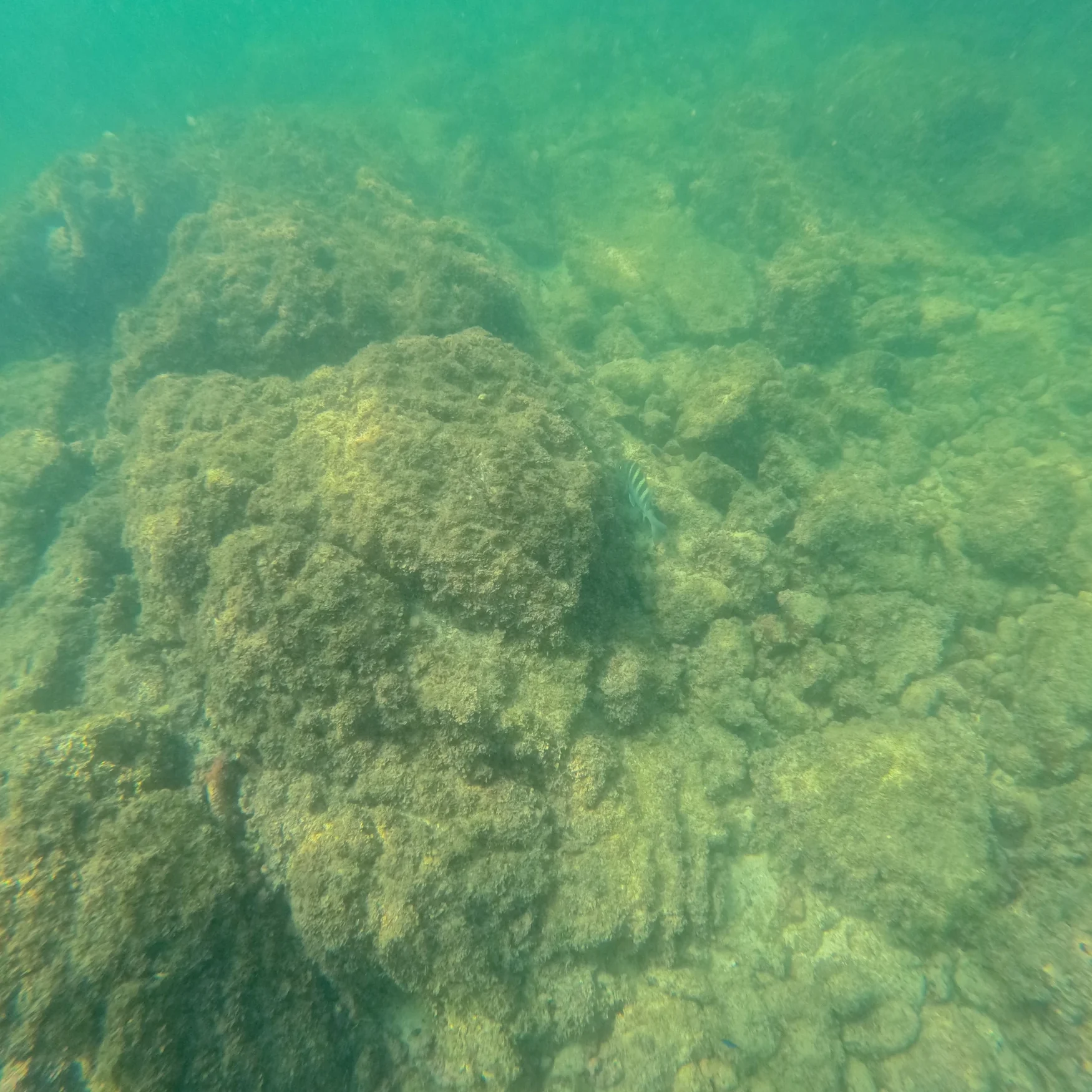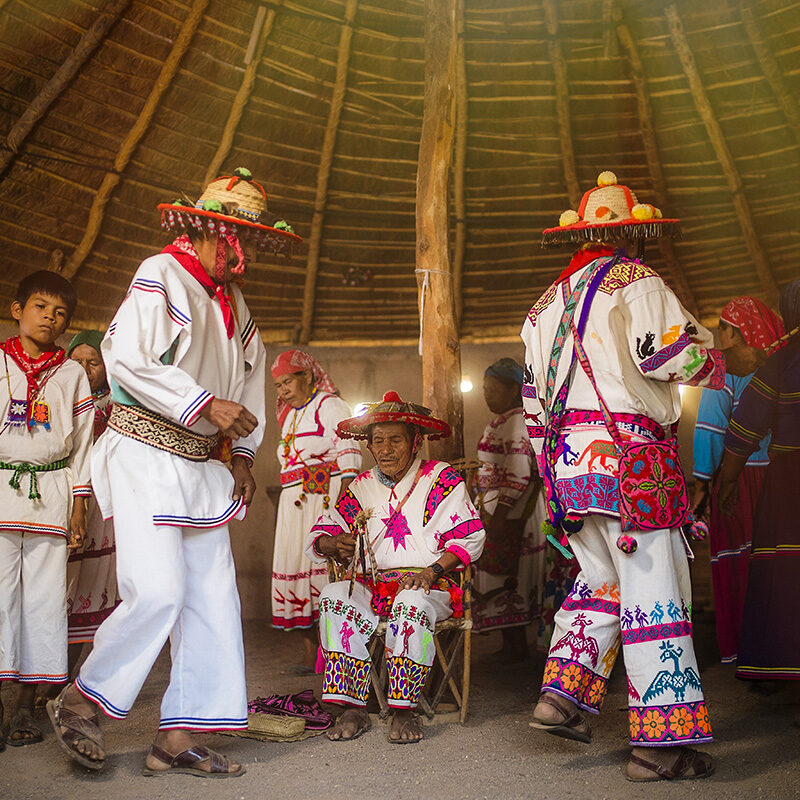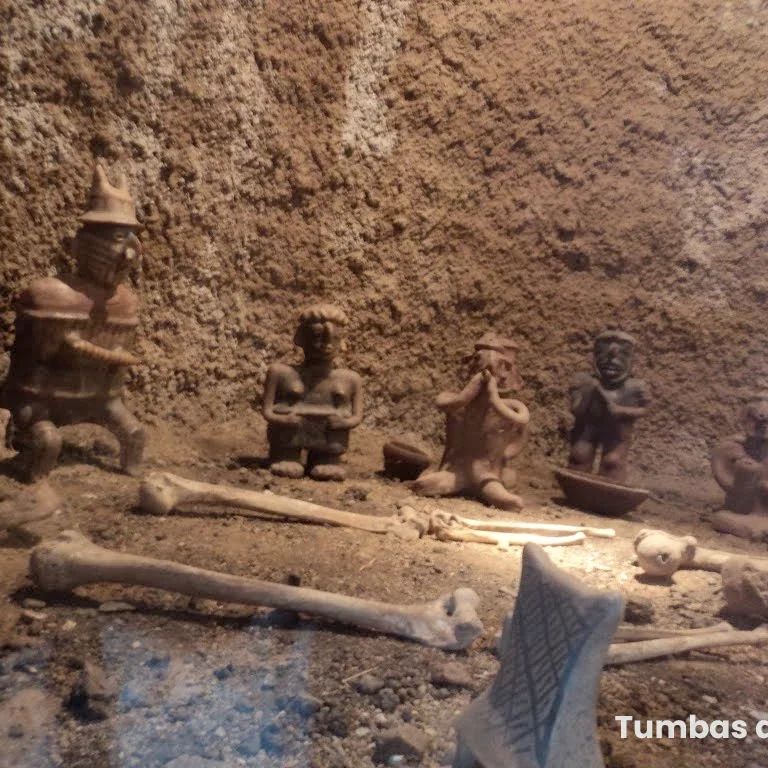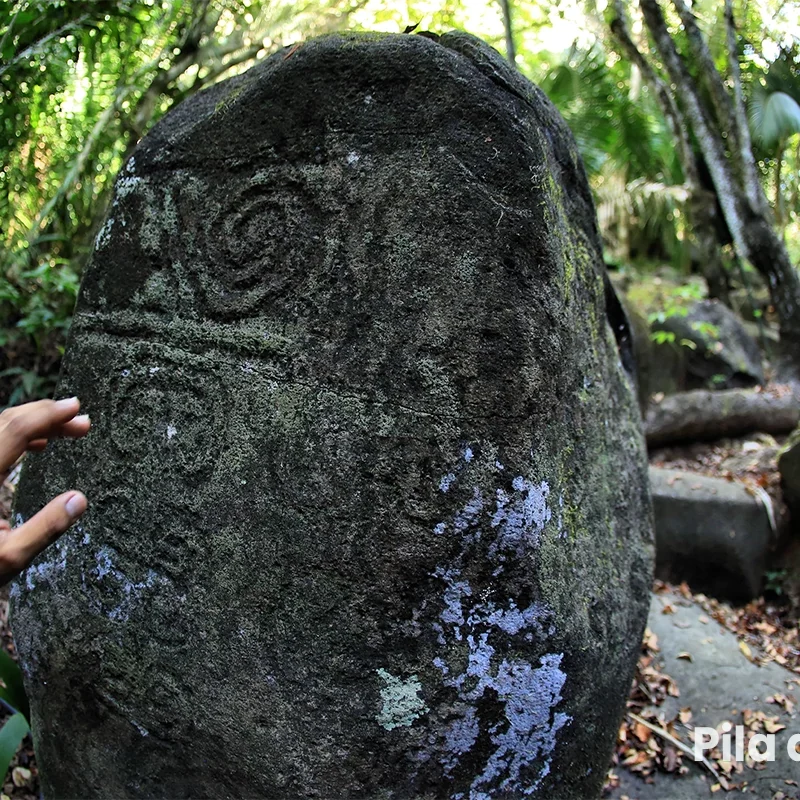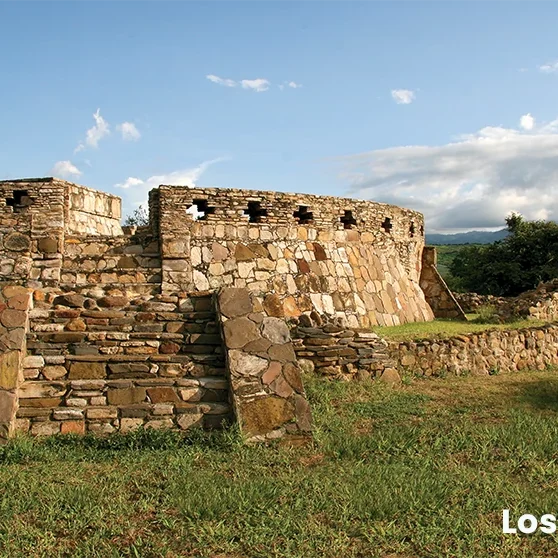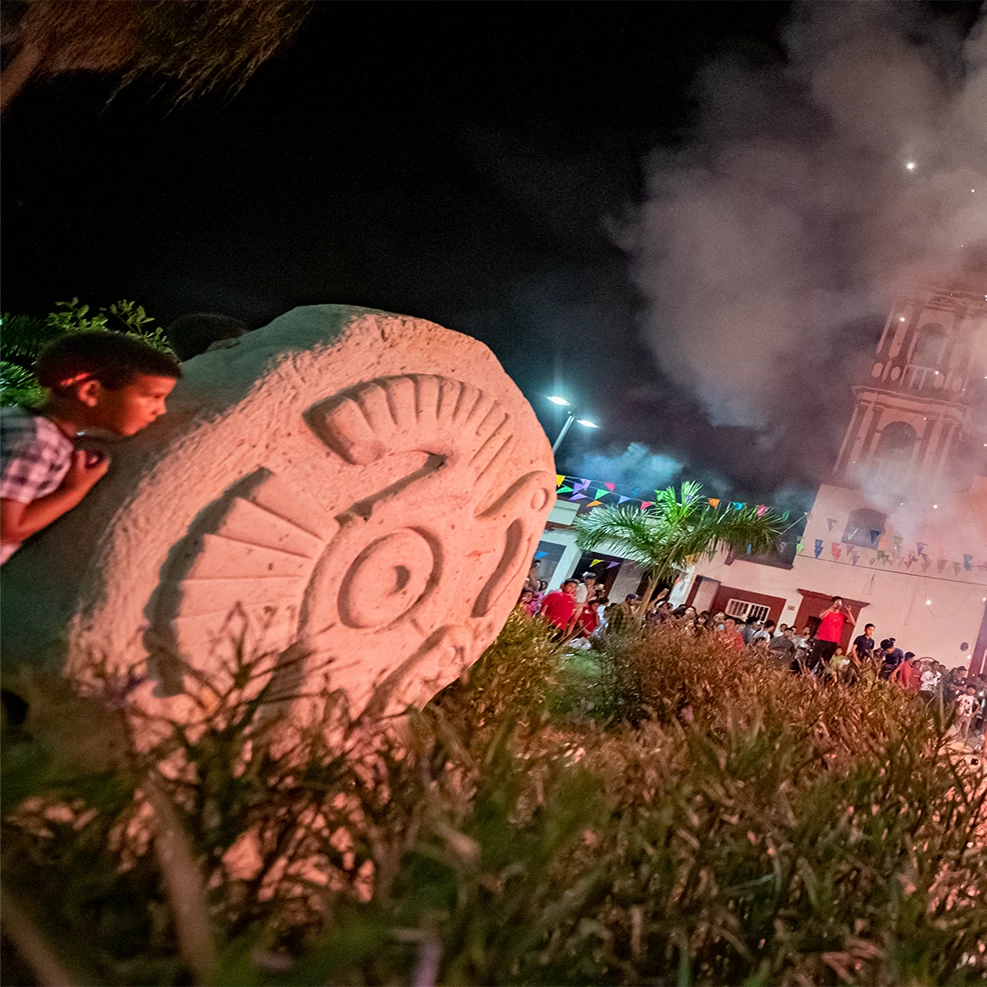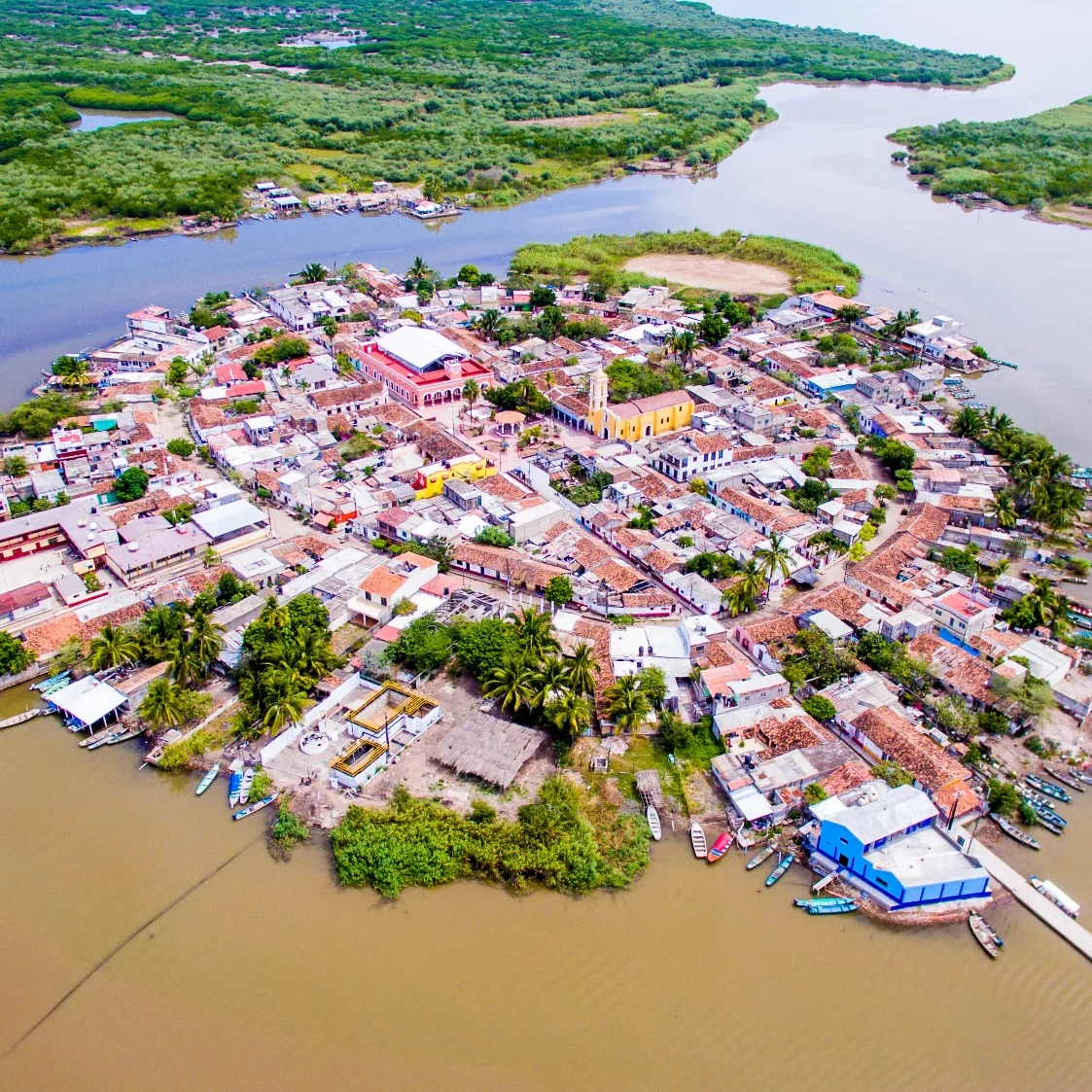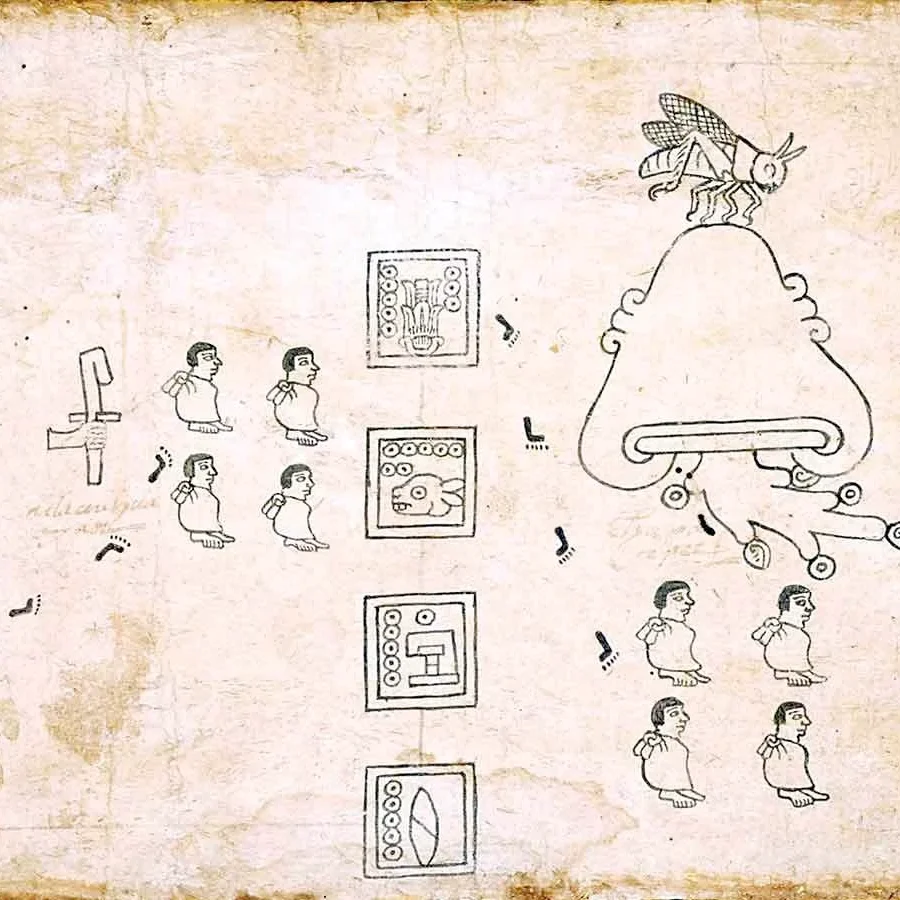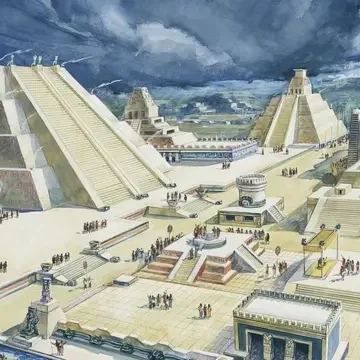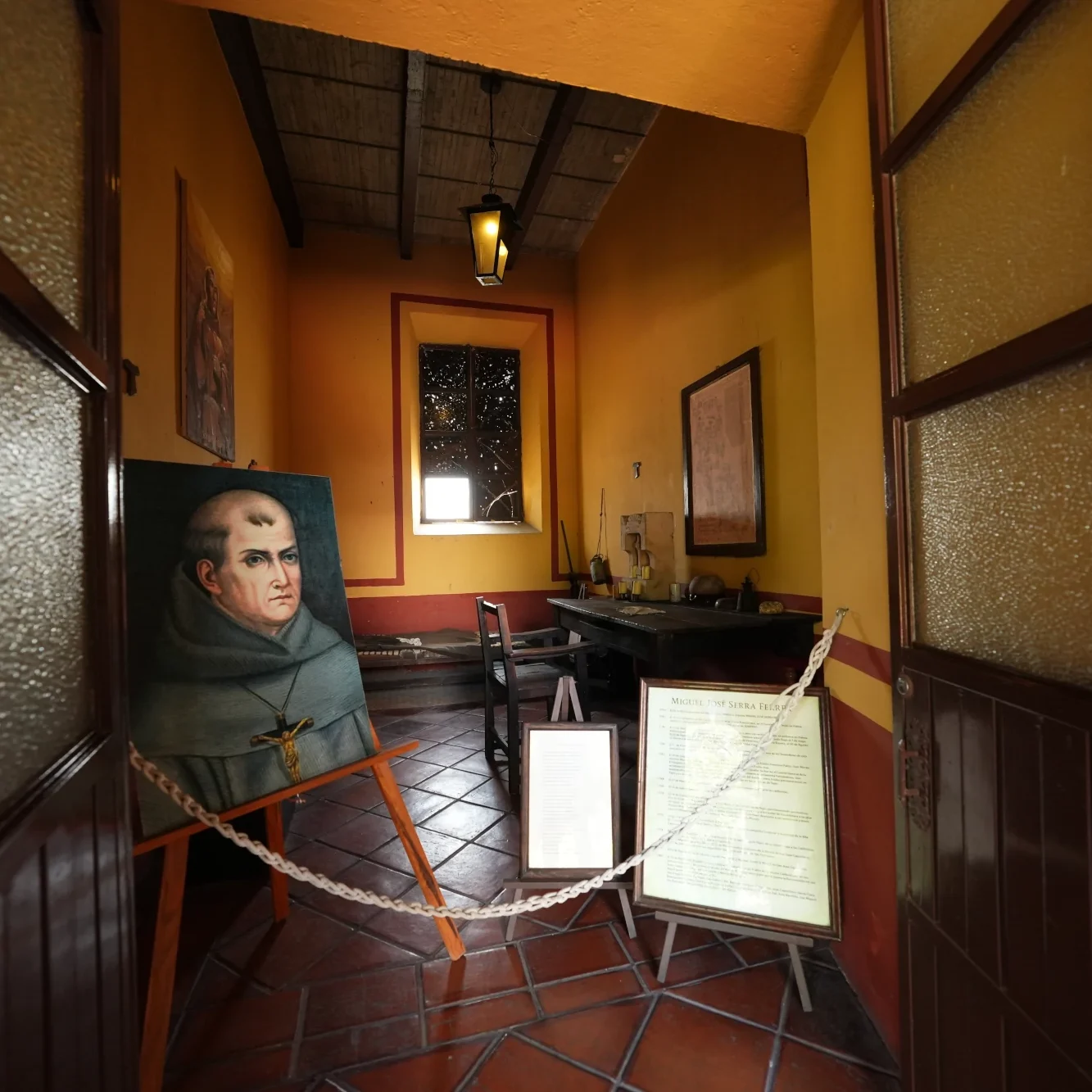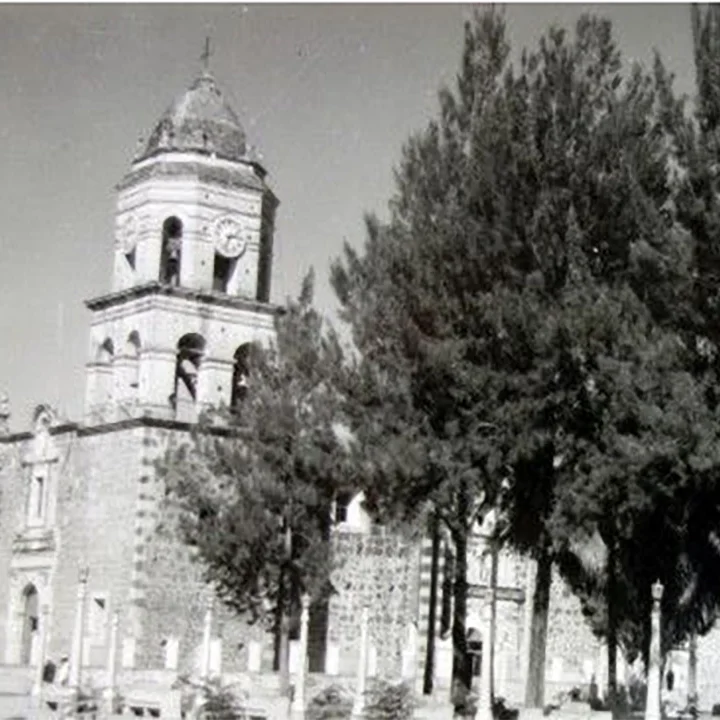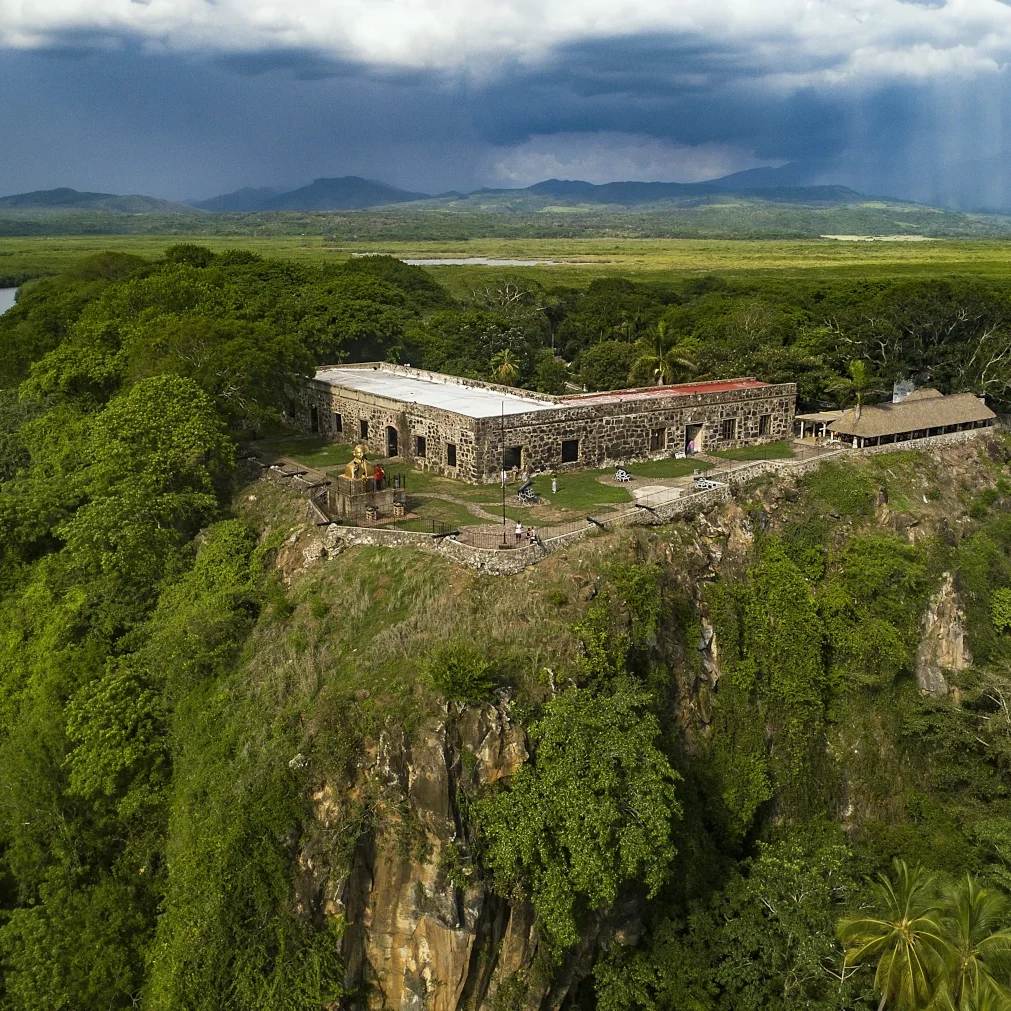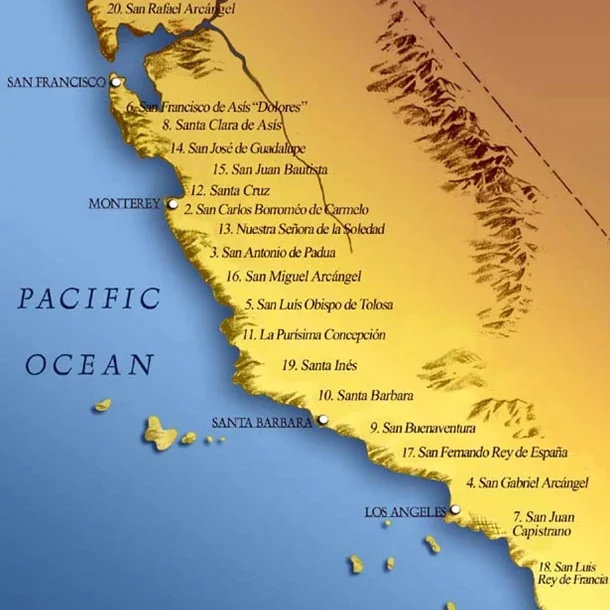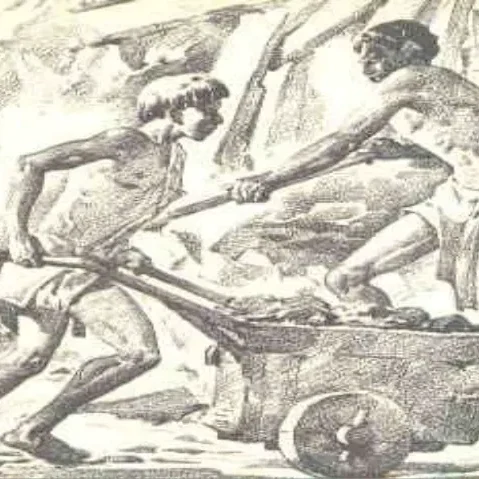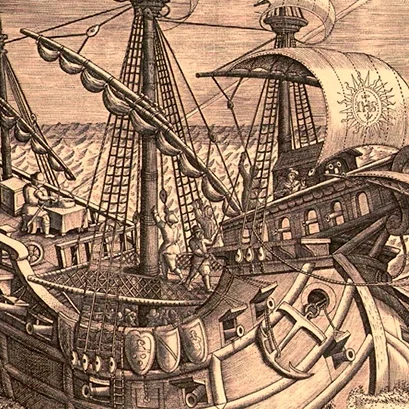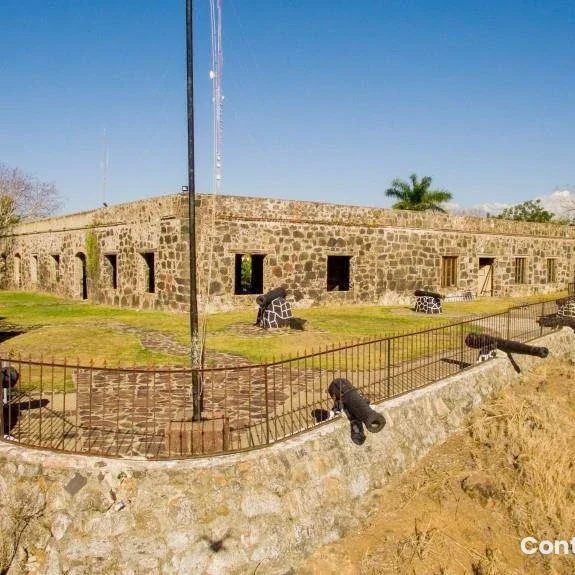From the ancient Wixárika worldview, which contemplates the origin of the world, to its significant contribution to the development of metallurgy and ceramics within various societies, Nayarit has been a true testament to progress and creativity.
In Nayarit, the key word is “origin“, as its history has been the starting point for significant events in Mexico that have left an indelible mark on national and global society, profoundly and enduringly influencing economic, political, and social realms.
Its legendary connection to Aztlán and the crucial role of the San Blas port in global economic and cultural exchange made it a cosmopolitan gem. This legacy transcends borders, earning it the title of the ancient Nueva Galicia and leaving a deep imprint on California’s history.
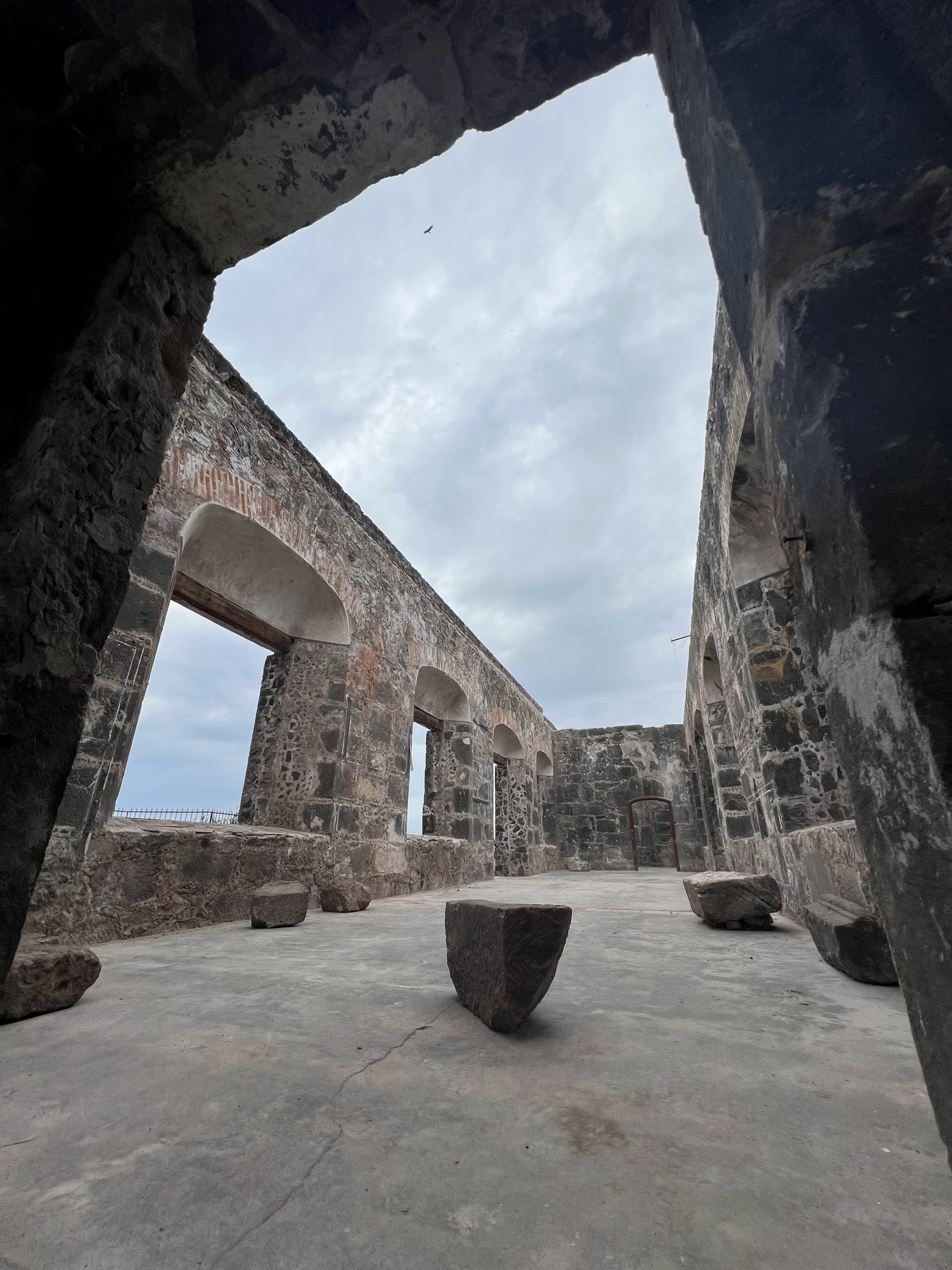
Tatéi Haramara, a sacred area in the municipality of San Blas, revered as “Our Mother, the Sea,” embodies the very essence of the world’s origin for the Wixárika (Huichol) people. According to ancestral tradition, this stone was the first solid object on the earth, which was young and in formation, giving life to the waters of the world and nurturing creation itself.
Birth of Haramara as the First Solid Stone
It is said that when the world was young and forming in the vastness of the cosmos, Haramara emerged as the first solid stone on the evolving earth. Its presence gave rise to the waters that flow through rivers and oceans, nurturing life in all its forms.
Emergence of Primordial Waters
This event marks the moment when the waters emanating from Haramara began to flow through rivers and oceans, nurturing the earth and giving life to creation in all its forms.
Worship and Devotion to Haramara
Over time, the practice of honoring and revering Haramara as the primordial deity and source of life developed. This moment reflects the deep spiritual connection that the Wixárikas maintain with nature and their understanding of the world as a sacred and living environment.
The archaeological sites and petroglyphs in Nayarit, located in stunning natural environments like Los Toriles and Altavista, which functioned as ceremonial and political centers of ancient civilizations, continue to provide valuable clues about social organization and religious beliefs of those times. The petroglyphs of Jala and other sites represent an invaluable visual testimony of pre-Hispanic practices and rituals, symbolizing life and beliefs in health, fertility, rain, and crops.
Shaft Tombs
(300 B.C. – 600 A.D.)
The tradition of shaft tombs develops in Nayarit, revealing funerary practices and religious beliefs through rich funerary offerings.
Concheros Culture
(Various Pre-Hispanic Periods)
The period of the Concheros in Nayarit is characterized by mounds of seashells that reveal the diet, trade, and ritual practices of coastal communities. These emerged under the influence of coastal Mesoamerican cultures, reflecting the importance of marine resources and the ritual symbolism of the sea.
Archaeological Site of Los Toriles
(Aztatlán Culture, approximately 900 – 1350 A.D.)
During this period, the Aztatlán culture established and flourished in Los Toriles, Ixtlán del Río, known for its architectural structures like pyramids and ball courts. This development was influenced by trade and the region’s agricultural wealth.
The island of Mexcaltitán, whose name means “House of the Mexicans.” This Magical Town is considered by many to be the mythical Aztlán.
According to legend, the Nahuatlacas set out from here on a long pilgrimage guided by Huitzilopochtli, their tutelary god, in search of the promised sign: an eagle perched on a cactus devouring a serpent. This journey culminated in the founding of Tenochtitlán, today Mexico City, leaving an invaluable legacy in Mexican history and culture.
Aztlán Foundation
(Mythical Origin)
Aztlán, the paradise island and mythical origin of the Mexicas, symbolizes the beginning of their identity and mythology, marking the starting point of their legendary migration.
Possible Identification with Mexcaltitán
Mexcaltitán is considered by some to be the possible Aztlán, due to its circular layout and lacustrine environment, being the subject of archaeological investigations.
Mexica Exodus Initiation
(12th Century)
During this period, the Aztatlán culture established and flourished in Los Toriles, Ixtlán del Río, known for its architectural structures like pyramids and ball courts. This development was influenced by trade and the region’s agricultural wealth.
Tenochtitlán Foundation
(1325)
After more than two centuries of pilgrimage, the prophecy was fulfilled on the lake of Texcoco. The Mexicas founded the city of Tenochtitlán, the future capital of the most powerful empire in all of Mesoamerica. The founding of this city marks the end of their search and the beginning of the construction of their empire.
The Franciscan missions in Nayarit were carried out during the Spanish colonial period with the aim of evangelization, providing education, and facilitating the integration of indigenous peoples into colonial society.
San Junípero Serra was a missionary who left a significant mark from the emblematic Ex Convent of the Cross. There, he perfected his missionary skills and played a crucial role in defending the Port of San Blas, highlighting its importance for the people of Nayarit. His work in Tepic was fundamental in establishing a mission model that he would later successfully replicate in what is now the state of California.
Arrival of the Franciscans in Nayarit
(1530s)
In the years 1523-1536, the Franciscans were the pioneers in arriving in New Spain. Their main mission was the evangelization of the natives, being also the first to promote the introduction of new knowledge in these newly discovered territories.
Foundation of Compostela
(1532)
In 1532, Nuño de Guzmán and the Franciscans founded Compostela, a key center for evangelization and colonial administration in Nayarit.
Defense of the Port of San Blas
(18th Century)
In 1767, San Junípero Serra participated in the defense of the Port of San Blas, from where he would sail to Las Californias with a group of 16 Franciscan missionaries.
California Foundation
(18th Century)
San Junípero Serra and the Franciscan missionaries founded the first mission in California, the Mission of San Diego de Alcalá, in 1769. This event marks the beginning of the establishment of a chain of missions along the California coast.
Founded in 1530 by Nuño Beltrán de Guzmán as “Villa del Espíritu de la Nueva Galicia,” Compostela is an icon of historical greatness in Nayarit. As the second capital of the province of Nueva Galicia during the colonial period and the seat of the first Bishopric, this city embodies the region’s cultural and political wealth. Compostela served as one of its administrative centers, facilitating control and organization of vast territories in northwestern Mexico, acting as a vital link between Mexico City and the more remote provinces.
Foundation of Compostela
(1530)
Nuño Beltrán de Guzmán founded “Villa del Espíritu de la Nueva Galicia” (Compostela) as part of the Spanish colonial expansion.
Establishment of the First Bishopric
(1540)
Compostela becomes the seat of the first Bishopric of Nueva Galicia. This reinforces the city’s role as a nerve center for the evangelization of indigenous peoples and the spread of Christianity in the region.
Cora Rebellion
(1722)
The Cora rebellion in 1722 was an important indigenous uprising against Spanish rule in Nueva Galicia. The Coras rose up in arms against the colonial authorities, challenging Spanish control and forced evangelization.
Mining Development and Hacienda
(17th-18th Centuries)
During the 17th and 18th centuries, Nueva Galicia experienced significant economic development, especially in mining and haciendas.
During the 18th century, the port of San Blas became a vital arrival point for this merchant fleet, which transported valuable goods such as porcelain, silk, and spices from Manila, Philippines, to New Spain. These commercial voyages were carried out through the Nao de China and not only brought economic prosperity to the town of Tepic but also transformed the cultural and economic landscape of the region, establishing Nayarit as an important node of global exchange.
Influence of the Nao de China
(16th-17th centuries)
The presence of the Nao de China in the 16th century facilitated trade between Asia and Nayarit through the port of San Blas. This trade route brought Asian products such as silk and porcelain, stimulating the local economy.
Transpacific Trade
(16th-17th centuries)
Through the port of San Blas, products like silk, porcelain, spices, tea, ivory, and luxury items arrived, stimulating local and regional trade, generating new economic opportunities, and completely transforming local gastronomy.
Consolidation of Factories and Industrialization
(18th-19th centuries)
Thanks to the influence of exchange with Asia, the region experienced a period of industrial consolidation with the establishment of four key factories: Bellavista, Puga, Ruinas de Jauja, and La Escondida.
Development of Port Infrastructure
(18th-19th centuries)
To facilitate trade with Asia, improvements were made to port infrastructure, allowing for a greater flow of goods. Additionally, fortifications were built to protect the region from potential pirate attacks and other colonial powers.





